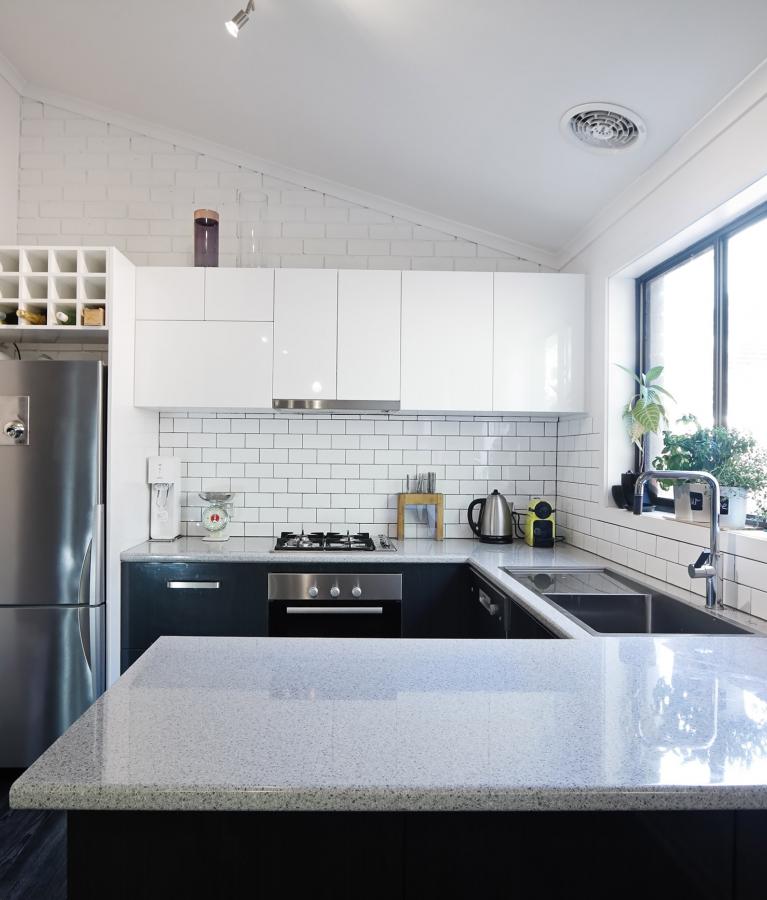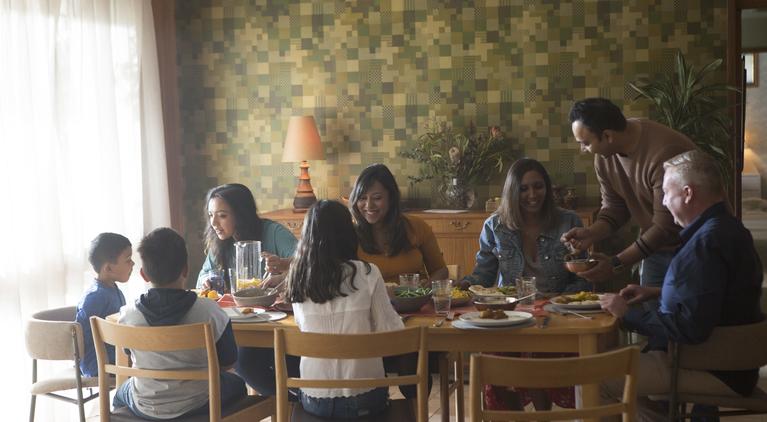These days we’re spoilt for choice when it comes to the size, shape and features of our heating and cooling systems, washing machines and even kettles and toasters. But it hasn't always been this way. Here’s a look at how some of our common household appliances have evolved.
Toasters
The pop-up toaster was invented by Charles Strite in 1919. Sales were given a boost in the 1930s by the introduction of sliced bread, but toasters were still considered a luxury item until the 1960s, when they became much more affordable. This nifty appliance has seen various transformations over the years, the most significant being a reduction in size to free up kitchen counter space.
In the 1970s, toasters began to appear in various colours and finishes (‘harvest gold’ and ‘avocado’ were popular colour choices), and by the 1980s they had wider slots to accommodate thicker slices of bread or bagels. Today, toasters come in a variety of shapes and sizes and can be programmed electronically, allowing us to toast bread to perfection1.
Washing machines
Hand-powered washing machines have existed for hundreds of years, but the first electric washing machine was invented around 1908 by Alva J. Fisher and manufactured by the Hurley Machine Company. It was called ‘Thor’, had a copper and wooden tub, and was noisy and bulky.
The washing machine became automatic in 1937; however, like the toaster, it didn't gain popularity until it became more affordable a few years later. In the 1950s, spin cycles replaced wringers, and buttons were introduced so the load could be timed. Today, you can customise your wash and preserve water with a washing machine that has up to 12 program cycles2.
Stoves
Benjamin Franklin invented the Franklin stove back in 1742, but it was designed for heating. Benjamin Thompson, also known as Count Rumford, came up with the idea for a cooking stove in the 1790s, when he started using devices to scientifically control heat. His early designs consisted of a brick firebox that items would be lowered into.
Cast iron stoves became popular in the early 1800s with the growth of coal and iron mining, and but it wasn’t until the 1920s that gas cooking became popular and stoves became much lighter. By the end of the 1930s, electric stoves were a popular household item. Today, traditional stoves are being replaced by energy-efficient induction cooktops. Instead of using a flame or electric heating element, induction cooktops heat instantly as energy is supplied directly to the cooking vessel by a magnetic field3.
Keeping cool
Various cooling devices were invented in the 1800s, but Willis Haviland Carrier is credited with creating the first modern electrical air conditioner in 1902. Residential air conditioners first gained popularity in the 1950s, when they were large (and not particularly fashionable) units mounted to the inside of windows. Cooling systems were a welcome addition to Australia’s hot, dry summers, and now it’s hard to imagine how we got by without them.
In the 1970s, old-fashioned window-mounted air conditioners were replaced with central air units. However, the refrigerant (Freon-12) used in these units was later linked to ozone depletion and banned in several countries.
Air conditioning units have certainly evolved over the years, and are now available in a range of systems that both heat and cool, have sensor monitors to direct airflow and can even be controlled remotely via your smartphone!
Heating
People first began experimenting with gas fires in the mid-19th century and ceramic radiants were introduced in 1905, but coal fires remained the universally preferred choice for heating homes until well into the 20th century. This changed in the 1950s, thanks to the invention of the vastly more efficient gas convector fires and the enactment of the UK's Clean Air Act of 1956, prompting a push towards cleaner energy sources.
Most houses now have gas ducted heating or electric wall heaters as standard features, and underfloor heating is quickly gaining in popularity. Meanwhile, our modern-day gas space heaters come with functions such as preheat mode and thermostat control4.
Home automation can help make your home more energy efficient by giving you more control over your energy usage. You can also save by making sure you're on the right electricity and gas plan for your needs.




